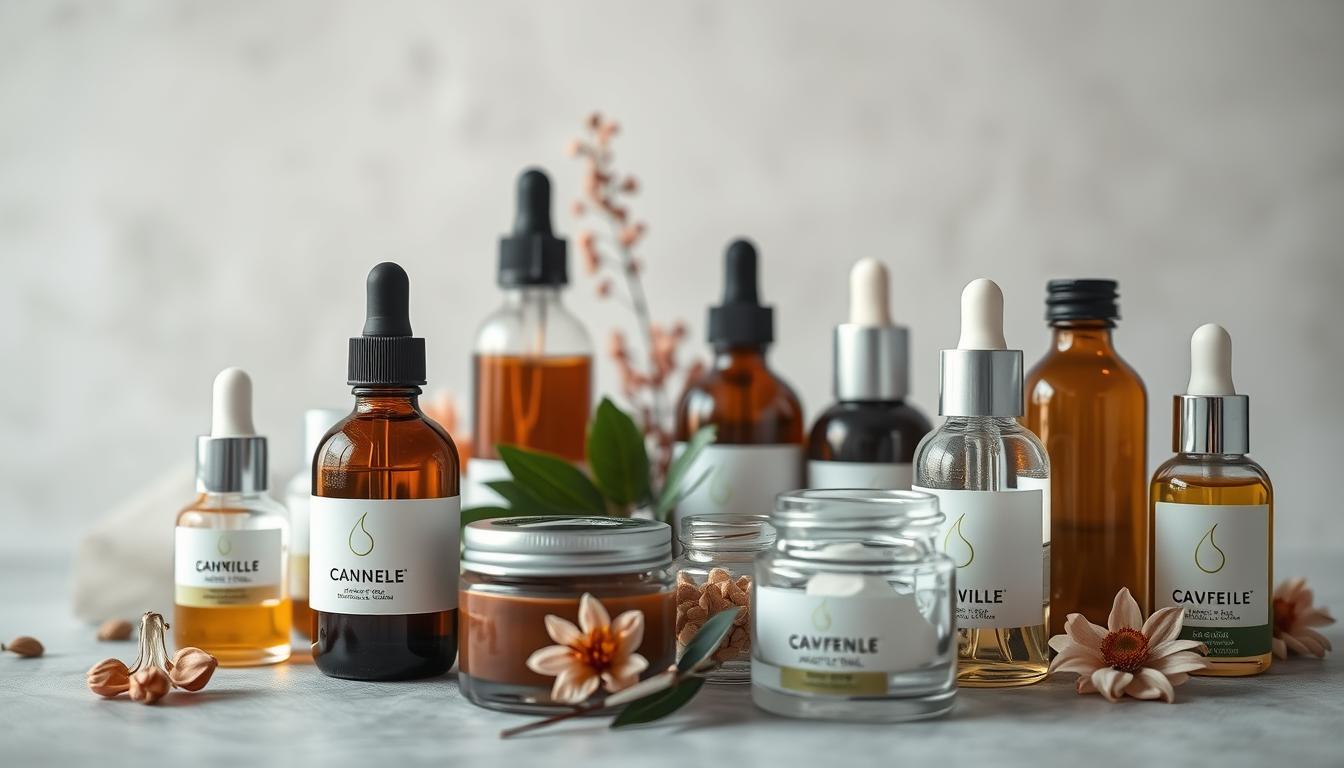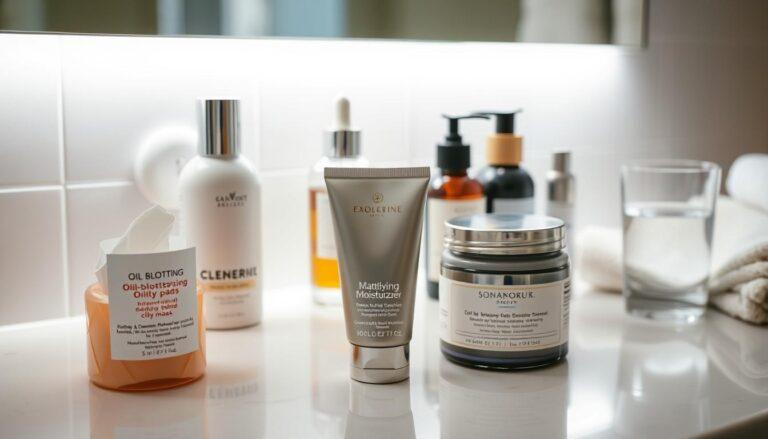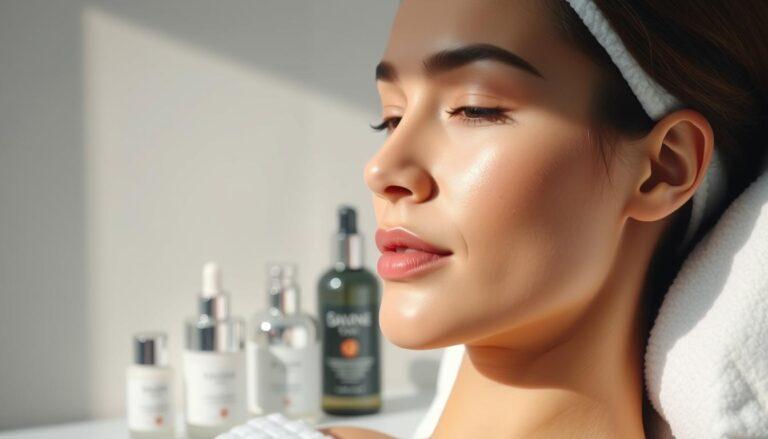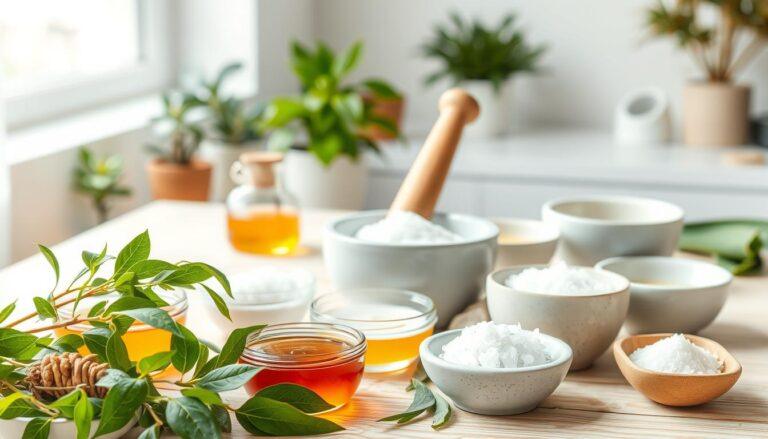Best Ingredients for Hyperpigmentation: What Actually Works
Dealing with dark spots can feel like a never-ending battle. Whether caused by sun exposure, acne, or aging, these patches can affect your confidence and skin’s appearance. Understanding what works to reduce them is the first step toward achieving a clearer, more even complexion.
Many dermatologists recommend compounds like acid-based solutions and antioxidants. These help target melanin production, exfoliate dead cells, and promote skin repair. From glycolic acid to kojic acid, these ingredients are backed by science to fade discoloration effectively.
In this article, I’ll dive into the science behind these solutions and share dermatologist-approved insights. Whether you’re new to treating hyperpigmentation or looking to refine your routine, this guide will help you make informed choices for healthier skin.
Key Takeaways
- Dark spots are often caused by sun exposure, acne, or aging.
- Acid-based solutions like glycolic acid can help reduce discoloration.
- Antioxidants play a key role in promoting skin repair.
- Dermatologist-backed ingredients ensure safe and effective results.
- Consistent use of targeted treatments can improve skin tone over time.
Introduction to Hyperpigmentation and Its Challenges
Uneven skin tone is a common issue that affects confidence. It’s more than just a cosmetic concern—it can impact how we feel about ourselves daily. Understanding what causes it and how to address it is the first step toward healthier, more radiant skin.
What is Hyperpigmentation?
Hyperpigmentation occurs when certain areas of the skin produce excess melanin, leading to dark spots or patches. These can appear on the face, hands, or other parts of the body. While it’s not harmful, it can be stubborn to treat.
Melanin is the pigment responsible for our skin tone. When it’s overproduced, it results in discoloration. This can happen due to various factors, including sun exposure, hormonal changes, or inflammation.
Common Causes and Concerns
One of the most frequent causes of hyperpigmentation is acne. Post-inflammatory marks can linger long after a breakout has healed. Sun damage is another major culprit, as UV rays trigger melanin production.
Hormonal changes, like those during pregnancy, can also lead to melasma. This condition causes larger patches of darkened skin, often on the face. It’s more common in individuals with darker skin tones.
Addressing hyperpigmentation isn’t just about appearance—it’s about feeling confident in your own skin. With the right skincare approach, it’s possible to reduce these marks and achieve a more even skin tone.
Best Ingredients for Hyperpigmentation
Certain compounds have proven effective in reducing dark spots and improving skin tone. When it comes to addressing discoloration, a few star players stand out for their ability to target melanin production and promote a more even complexion.
Kojic acid is a powerhouse in skin lightening. It works by inhibiting tyrosinase, an enzyme involved in melanin production. This helps reduce the appearance of dark spots and brightens the overall tone of your skin. Many dermatologists recommend it for its gentle yet effective results.
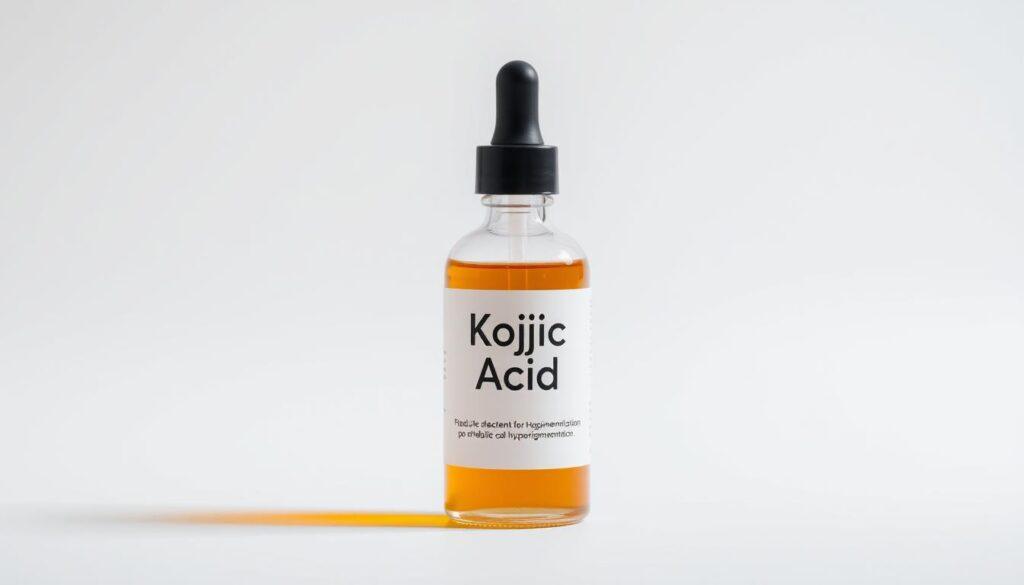
Another essential is vitamin C, a potent antioxidant. It not only helps repair damaged skin but also reduces oxidative stress that can lead to discoloration. Regular use of vitamin C can improve skin tone and give your complexion a radiant glow.
Understanding the science behind melanin production is key. Compounds like kojic acid and vitamin C interfere with this process, helping to fade dark spots over time. Consistency is crucial—regular use of these ingredients can lead to noticeable improvements in your skin’s appearance.
By incorporating these dermatologist-backed solutions into your routine, you can take meaningful steps toward achieving a clearer, more even skin tone. Remember, patience and consistency are your allies in this journey.
Scientific Insights and Dermatologist-Recommended Actives
Prescription treatments and natural remedies both offer unique benefits for improving skin tone. Understanding how these options work can help you make informed decisions for your skincare routine. Let’s dive into the science behind these solutions and their effectiveness.
Understanding Prescription Options
Prescription actives like tretinoin and hydroquinone are widely used to target discoloration. They work by inhibiting tyrosinase, an enzyme critical for melanin production. This process helps reduce dark spots and promotes a more even skin tone over time.
Clinical studies show that these treatments can deliver noticeable results. For example, hydroquinone at 4% concentration has been shown to significantly lighten hyperpigmentation. However, it’s essential to use these products under dermatologist supervision to avoid potential side effects.

Natural Alternatives and Their Efficacy
Natural remedies also play a significant role in addressing discoloration. Ingredients like licorice extract and vitamin C offer antioxidant benefits. These compounds help neutralize free radicals and reduce oxidative stress, which can help prevent further pigmentation.
Studies have shown that natural alternatives can be effective, though results may take longer compared to prescription treatments. For instance, licorice extract has been found to improve melasma in clinical trials. Consistency is key when using these remedies to achieve visible improvements.
| Treatment Type | Key Ingredient | Mechanism | Time to See Results |
|---|---|---|---|
| Prescription | Hydroquinone | Inhibits tyrosinase | 4-6 weeks |
| Natural | Licorice Extract | Antioxidant properties | 8-12 weeks |
Whether you choose prescription or natural treatments, patience is essential. Both options can help you achieve a more even skin tone, but the time it takes to see results may vary. Consulting a dermatologist can help you tailor a plan that works best for your skin.
Top-Rated Acids and Vitamin C for Brightening Skin
Exfoliating acids and antioxidants are game-changers for skin clarity. They work together to reduce discoloration, refine texture, and promote a radiant complexion. Let’s explore how these actives can transform your skincare routine.
Exfoliating Acids: Glycolic, Tretinoin, and Tazarotene
Exfoliating acids like glycolic acid and tretinoin are essential for removing dead skin cells. They help reveal a fresher, brighter layer underneath. By speeding up cell turnover, these acids reduce the appearance of dark spots and improve skin texture.
Glycolic acid, a type of alpha hydroxy acid (AHA), is particularly effective. It penetrates deeply to break down the bonds between dead cells. This process not only brightens skin but also helps other products absorb better.

Tretinoin and tazarotene, both retinoids, go a step further. They not only exfoliate but also stimulate collagen production. This dual action helps reduce pigment and improve skin elasticity over time.
The Role of Vitamin C and Its Antioxidant Benefits
Vitamin C is a powerhouse antioxidant that plays a key role in brightening skin. It works by inhibiting the enzyme tyrosinase, which is involved in melanin production. This helps prevent the form of new dark spots while fading existing ones.
Additionally, vitamin C offers protection against environmental damage. It neutralizes free radicals caused by UV exposure and pollution. This not only brightens skin but also helps maintain its health and resilience.
Studies show that L-ascorbic acid, the most active form of vitamin C, is highly effective. Concentrations between 10% and 20% are ideal for most skin types. Higher concentrations may cause irritation, so it’s important to start slowly.
By combining exfoliating acids with vitamin C, you can achieve a more even skin tone. These ingredients work synergistically to reduce pigment, brighten skin, and provide long-term protection. Consistency is key to seeing lasting results.
Potent Botanical Extracts and Key Lightening Agents
Natural solutions like botanical extracts and lightening agents are gaining popularity for their ability to improve skin tone. These compounds work synergistically to reduce discoloration and enhance skin texture, delivering visible results over time.
Kojic Acid and Bearberry Extract Explained
Kojic acid is a well-known agent for lightening skin. It works by inhibiting tyrosinase, the enzyme responsible for melanin production. This process helps fade dark spots and brightens the overall complexion. Studies show that kojic acid, when combined with other actives, can deliver even better results.
Bearberry extract, rich in arbutin, is another powerful botanical. It breaks down into hydroquinone on the skin, which also helps reduce pigmentation. Unlike synthetic hydroquinone, bearberry extract is gentler and less likely to cause irritation.
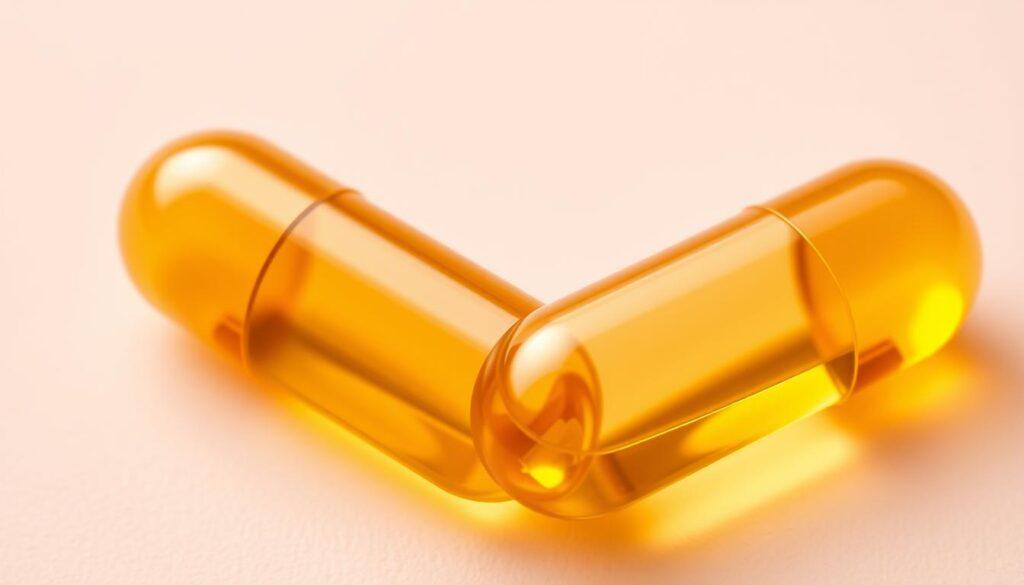
How Arbutin and Azelaic Acid Enhance Even Skin Tone
Arbutin is a natural derivative of hydroquinone. It works by slowing down melanin production, which helps prevent new dark spots from forming. This ingredient is particularly effective for those with sensitive skin, as it minimizes the risk of irritation.
Azelaic acid is a multi-tasking agent that not only lightens skin but also improves texture. It reduces inflammation and neutralizes free radicals, making it ideal for acne-prone skin. Regular use can lead to a smoother, more even complexion.
| Ingredient | Primary Benefit | Time to See Results |
|---|---|---|
| Kojic Acid | Lightens dark spots | 4-6 weeks |
| Bearberry Extract | Reduces pigmentation | 6-8 weeks |
| Arbutin | Prevents new spots | 8-12 weeks |
| Azelaic Acid | Improves texture | 6-10 weeks |
Incorporating these botanical extracts and lightening agents into your routine can help you achieve a more even skin tone. Patience and consistency are key to seeing the best results.
Layering Your Skincare Routine for Maximum Results
Building an effective skincare routine starts with understanding how to layer products for maximum results. Proper layering not only enhances the benefit of each product but also minimizes damage from sun exposure. Let’s break down the steps to ensure your routine works as efficiently as possible.
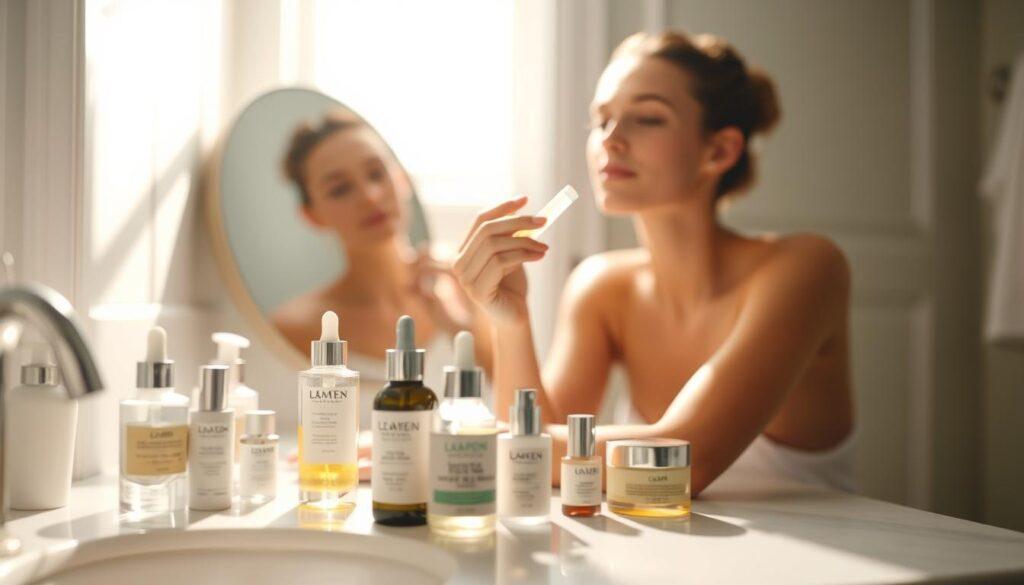
Step-by-Step Guide to Product Application
Start with a clean canvas. Always cleanse your skin to remove dirt and oil. This ensures your products penetrate effectively. Next, apply a toner to balance your skin’s pH. This step preps your skin for better absorption.
Follow with a serum. Serums are packed with active ingredients that target specific concerns like discoloration or inflammation. Apply them while your skin is still damp to lock in moisture.
Moisturize to seal in all the goodness. A good moisturizer helps maintain your skin’s barrier and prevents water loss. Finally, don’t forget sunscreen. It’s your best defense against sun exposure, which can worsen discoloration.
Tips for Optimizing Absorption and Efficacy
Layer products from thinnest to thickest consistency. This ensures each product absorbs properly without blocking the next. For example, start with a lightweight serum, then move to a heavier cream.
Allow time between layers. Give each product a minute or two to sink in. This prevents pilling and ensures maximum benefit. Also, exfoliate regularly to promote turnover. This helps remove dead skin cells and allows products to penetrate deeper.
Lastly, avoid overloading your skin. Too many products can cause irritation and inflammation. Stick to a simple routine with products that address your specific concerns. Consistency is key to seeing results.
By following these steps, you can create a skincare routine that maximizes the benefit of each product while protecting your skin from damage. Remember, patience and consistency are your allies in achieving a healthier, more radiant complexion.
Managing Skin Irritation and Overuse of Actives
Using potent actives can sometimes lead to unexpected skin irritation, but with the right approach, it’s manageable. Overuse of these products can cause redness, dryness, or even inflammation. Recognizing the signs early and taking preventive measures can help you maintain healthy skin while still reaping the benefits of these powerful ingredients.
Recognizing and Addressing Common Side Effects
Irritation often starts with subtle signs like redness, itching, or a burning sensation. If you notice these symptoms, it’s essential to act quickly. Reduce the frequency of active use and switch to gentler products. For example, opt for a hydrating serum instead of a strong exfoliant.
Another step is to incorporate soothing ingredients like aloe vera or chamomile. These help calm the skin and reduce inflammation. Avoid further exposure to harsh actives until your skin has fully recovered. Patience is key—rushing the process can worsen the irritation.
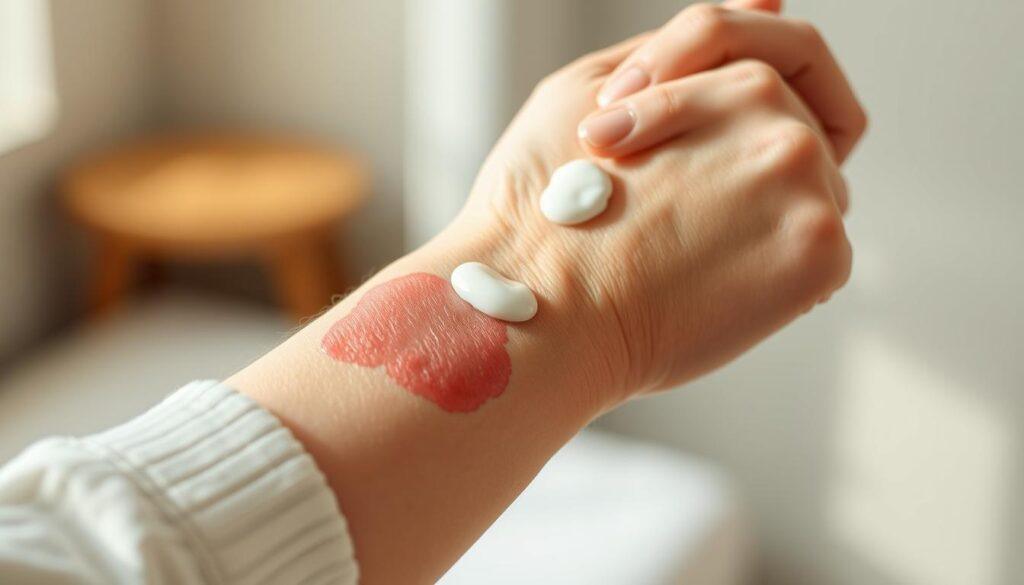
Preventive Measures for Sensitive Skin
Preventing irritation starts with understanding your skin’s limits. Begin by patch-testing new products to ensure they don’t cause adverse reactions. Gradually introduce actives into your routine, starting with lower concentrations and increasing as your skin builds tolerance.
Layering products correctly is another crucial step. Apply thinnest to thickest consistency to ensure proper absorption. For example, start with a lightweight serum, followed by a moisturizer, and finish with sunscreen. This layering technique minimizes the risk of irritation while maximizing benefits.
Finally, protect your skin from environmental stressors. Use a broad-spectrum SPF 30+ daily to shield against UV exposure. Incorporate antioxidants like vitamin C to neutralize free radicals and prevent further damage. For more tips on building a gentle skincare routine, visit Celeste Glam.
| Preventive Measure | Benefit |
|---|---|
| Patch Testing | Identifies potential irritants |
| Gradual Introduction | Builds skin tolerance |
| Proper Layering | Enhances absorption |
| Daily SPF | Protects against UV damage |
By following these steps, you can enjoy the benefits of potent actives without compromising your skin’s health. Remember, consistency and care are your best allies in achieving a radiant complexion.
Real-World Product Picks and User Experiences
Finding the right product to tackle dark spots can feel overwhelming, but real-world results speak volumes. From serums to moisturizers, many options promise to fade discoloration, but not all deliver. Let’s dive into some top-rated treatments and hear from users who’ve seen real improvements.
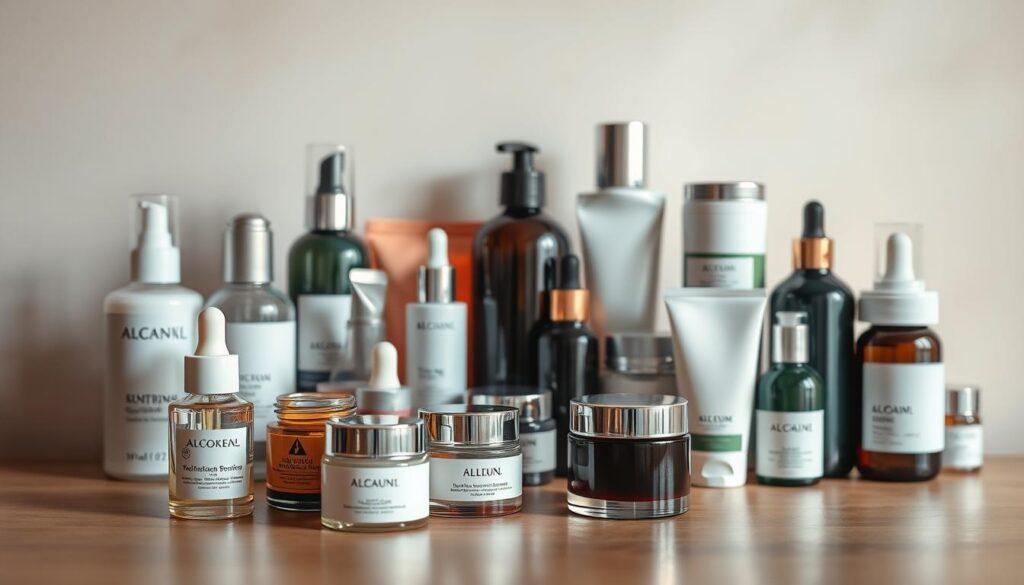
Highlights from Top-Rated Treatments
One standout is the Topicals Faded Serum. Packed with tranexamic acid, kojic acid, and niacinamide, it’s a favorite for its ability to reduce dark spots and brighten skin. Users rave about its lightweight texture and noticeable results in just a few weeks.
Another winner is the Lion Pose Unspotted 4X Acid Jelly Night Serum. Its blend of tranexamic, glycolic, and azelaic acids makes it a powerhouse for evening out skin tone. Many users report seeing improvements after just a few applications.
For those with sensitive skin, the First Aid Beauty Facial Radiance Niacinamide Dark Spot Serum is a gentle yet effective option. Its formula is designed to minimize irritation while targeting discoloration.
Customer Reviews and Personal Success Stories
One user shared, “I’ve struggled with dark spots for years, but the Topicals Faded Serum has been a game-changer. My skin looks brighter, and the spots are fading faster than I expected.”
Another reviewer praised the Lion Pose Serum, saying, “I noticed a difference after just one week. My skin feels smoother, and the dark patches are less noticeable.”
For those on a budget, the The INKEY List Tranexamic Acid Serum is a popular choice. One user mentioned, “It’s affordable and works wonders. My skin tone is more even, and I’ve received so many compliments.”
These real-world experiences highlight the effectiveness of these products. Whether you’re dealing with stubborn spots or looking to brighten your complexion, there’s a solution out there for you.
Conclusion
Consistency is the cornerstone of achieving a radiant, even complexion. By incorporating brightening agents and protecting your skin from the sun, you can make significant strides in reducing discoloration. A daily routine that includes sunscreen and targeted treatments will help brighten your skin over time.
Remember, the journey to clearer skin is a gradual process. Combining the right products with patience and care can lead to visible, lasting results. Don’t hesitate to experiment with different solutions to find what works best for you.
Finally, a healthy skincare routine not only protects but also rejuvenates your skin. Embrace the process, and you’ll see how small, consistent steps can transform your complexion under the sun.

